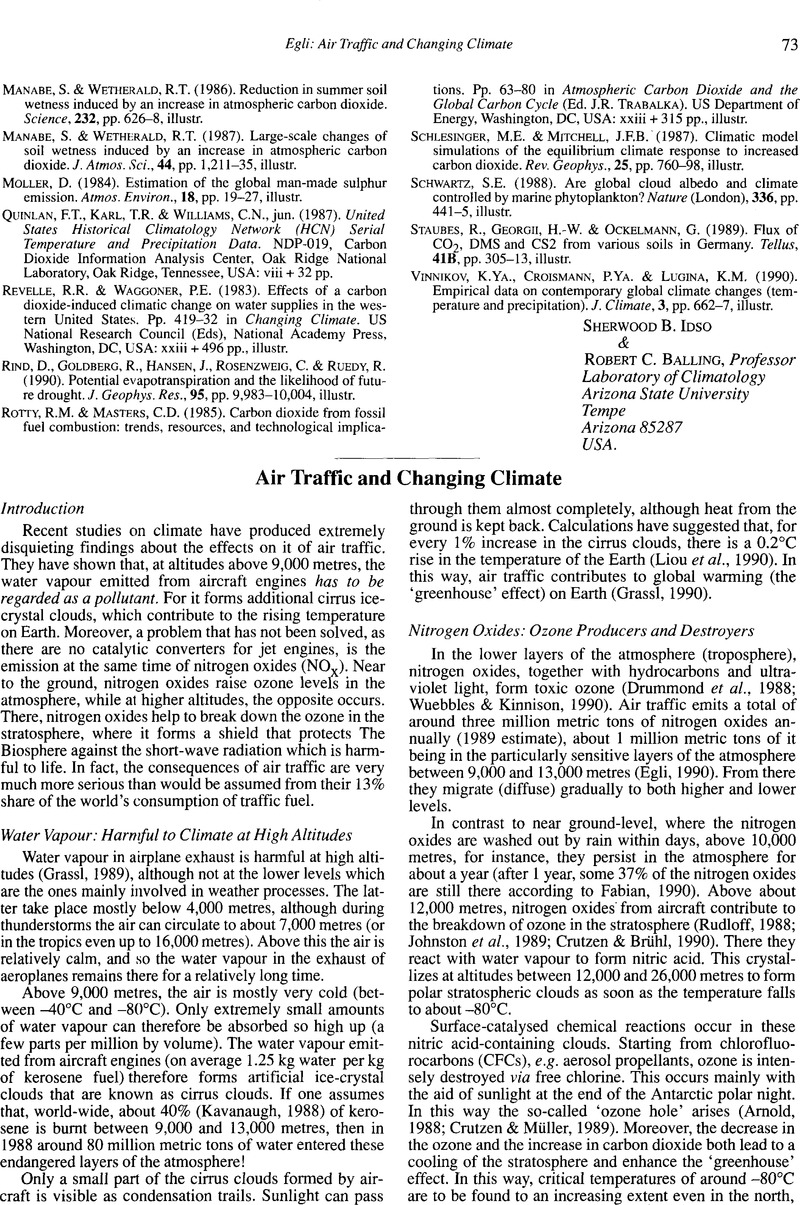Crossref Citations
This article has been cited by the following publications. This list is generated based on data provided by Crossref.
Tolba, Mostafa K.
and
El-Kholy, Osama A.
1992.
The World Environment 1972–1992.
p.
405.
Scott, Malcolm
2022.
A space tourism destination: environmental, geopolitical and tourism branding considerations for New Zealand as a ‘launch state’.
Journal of Sustainable Tourism,
Vol. 30,
Issue. 9,
p.
2240.



